This Aircraft is flying in IL2 :
https://www.sas1946.com/main/index.php/topic,26224.0.htmlThe pauvre Francais are by far the most underrepresented nationality of the major combatants of WW2 in IL2 with (to my knowledge) no French made aircraft other than the MS406 family represented (though some are being worked on), and despite my personal view that aircraft such as the LeO 451, the Potez 630 series and the ubuquitous Bloch MB152 warrant historical representation, I find this little fighter to be very interesting. I hope you do too.
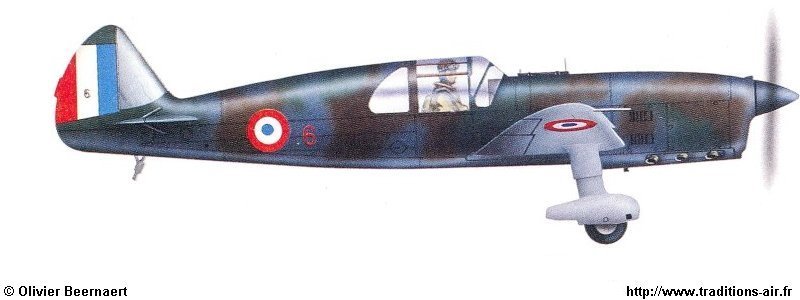
The C.714 Cyclone was the final evolution of the 710 series, which was designed based on a successful pre-war racer, and first flew in April 1938 as the C.714.01 prototype. The primary changes from the C.713 were a new wing airfoil profile, a strengthened fuselage, and instead of two cannons, the fighter had four 7.5 mm MAC 1934 machine guns in the wing gondolas. It was powered by the newer 12R-03 version of the engine, which introduced a new carburettor that could operate in negative g.

The Armée de l'Air ordered 20 C.714s on 5 November 1938, with options for a further 180. Production started at a Renault factory in the Paris suburbs in summer 1939[2]
Other projected versions were the C.720 trainer with a 75 or 164 kW (100 or 220 hp) engine, the C.760 fighter with a 559 kW (750 hp) Isotta-Fraschini Delta engine, and the C.770 fighter with an 597 kW (800 hp) Renault V-engine. None of these reached production.
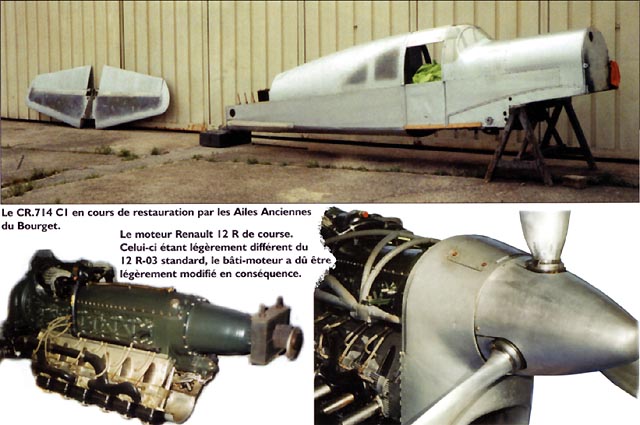
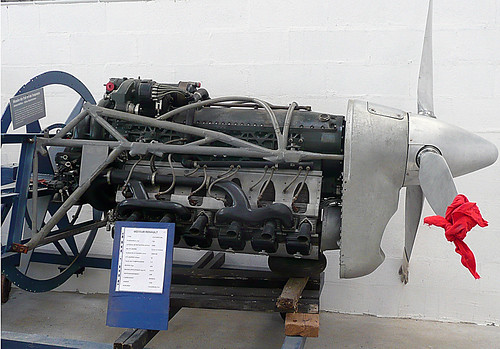
Deliveries did not start until January 1940. After a series of tests with the first production examples, it became apparent that the design was seriously flawed. Although light and fast, its wooden construction did not permit a more powerful engine to be fitted. The original engine seriously limited its climb rate and maneuverability with the result that the Caudron was withdrawn from active service in February 1940. In March, the initial production order was reduced to 90, as the performance was not considered good enough to warrant further production contracts. Eighty were diverted to Finland to fight in the Winter War. These were meant to be flown by French pilots. However, events in France resulted in only six aircraft being delivered, and an additional 10 were waiting in the harbour when deliveries were stopped. The six aircraft that arrived were assembled, tested and given registrations CA-551 to CA-556. The aircraft were found to be too unreliable and dangerous to use in Finnish conditions, and were not committed to combat. Further, the Finnish pilots found that it was difficult to start and land the aircraft from the air bases at the front. The Finnish CR.714 aircraft were permanently grounded on 10 September 1940, and taken out of service in 1941.

On 18 May 1940, 35 Caudrons were delivered to the Polish Warsaw Squadron, the Groupe de Chasse polonais I/145, stationed at the Mions airfield. After just 23 sorties, adverse opinion of the fighter was confirmed by front line pilots who expressed concerns that it was seriously underpowered and was no match for contemporary German fighters.
On 25 May, only a week after it was introduced, French Minister of War Guy la Chambre ordered all C.714s to be withdrawn from active service. However, since the French authorities had no other aircraft to offer, the Polish pilots ignored the order and continued to fly the Caudrons. Despite flying a fighter hopelessly outdated compared to the Messerschmitt Bf 109E, the Polish pilots scored 12 confirmed and three unconfirmed victories in three battles between 8 June and 11 June, losing nine in the air and nine more on the ground. Interestingly, among the aircraft shot down were four Dornier Do 17 bombers, but also three Messerschmitt Bf 109 and five Messerschmitt Bf 110 fighters.
The Caudron fighter was also used by the Polish training squadron based in Bron near Lyon. Although the pilots managed to disperse several bombing raids, and although they did not score any kills, they did not lose any machines. By the end of June when France fell, only 53 production machines had been delivered (although the number varies, 98 is another common figure). Despite a larger number being diverted to Finland, only six Caudron C.714s were received in a semi-assembled state. An additional 10 were on the dockside at the time of France's Armistice with Germany, subsequently, further shipments were halted. After assembly, operations in Finland were limited to test flights and, in September 1941, combat flights with the fighters were prohibited. The aircraft were maintained on the roster until they were retired and scrapped on 30 December 1949. One example, CA-556 was transferred to the maintenance personnel school as an instructional airframe.
The office
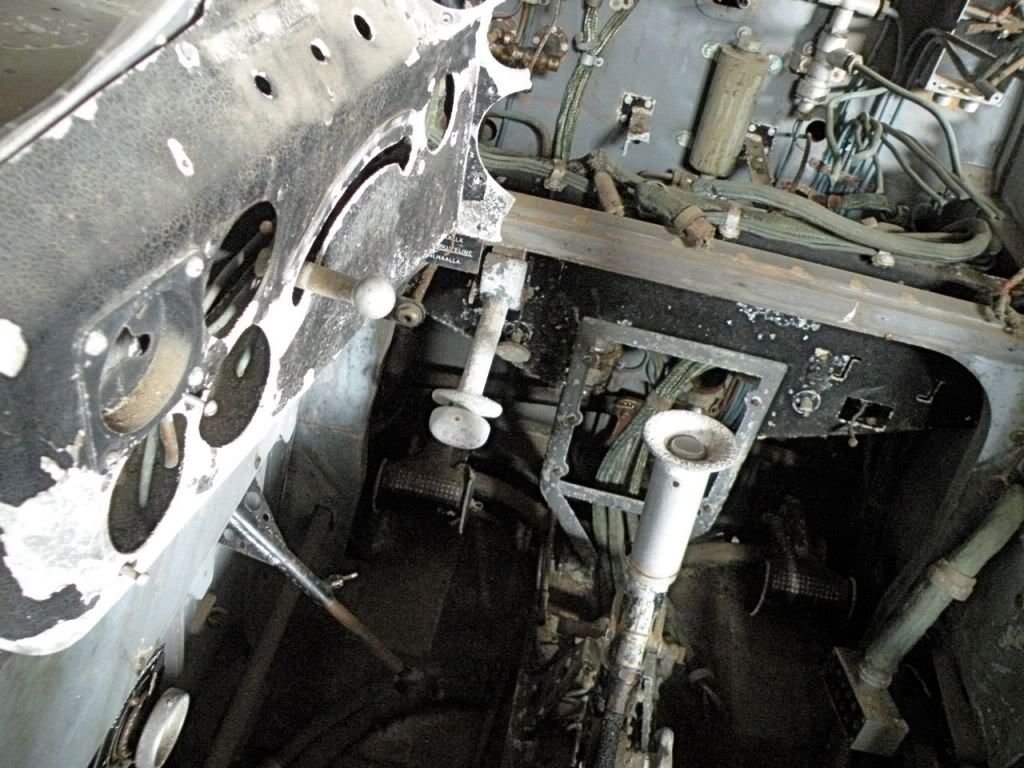

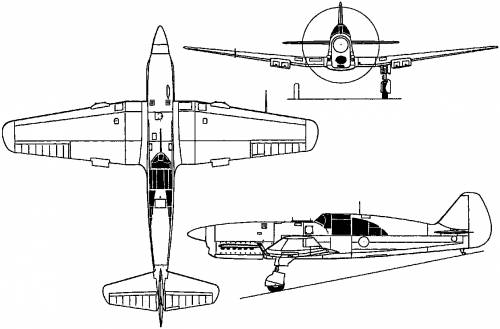


General characteristics
· Crew: One
· Length: 8.63 m (28 ft 3? in)
· Wingspan: 8.97 m (29 ft 5? in)
· Height: 2.87 m (9 ft 5 in)
· Wing area: 12.5 m² (135 ft²)
· Empty weight: 1,395 kg (3,075 lb)
· Loaded weight: 1,880 kg (4,145 lb)
· Powerplant: 1× Renault 12R 03 inverted V-12 inline piston engine, 373 kW (500 hp)
Performance
· Maximum speed: 460 km/h (249 kn, 286 mph) at 5,000 m (16,400 ft)
· Range: 900 km (486 nmi, 559 mi)
· Climb to 4,000 m: 9.66 min
Armament
· 4 × 7.5 mm MAC 1934 machine guns
Some paint jobs...









J'aime vraiment le Caudron Cyclone

Kopfdorfer
 Author
Topic: C.714 , another Bete Noire for Friday (Read 16837 times)
Author
Topic: C.714 , another Bete Noire for Friday (Read 16837 times)


